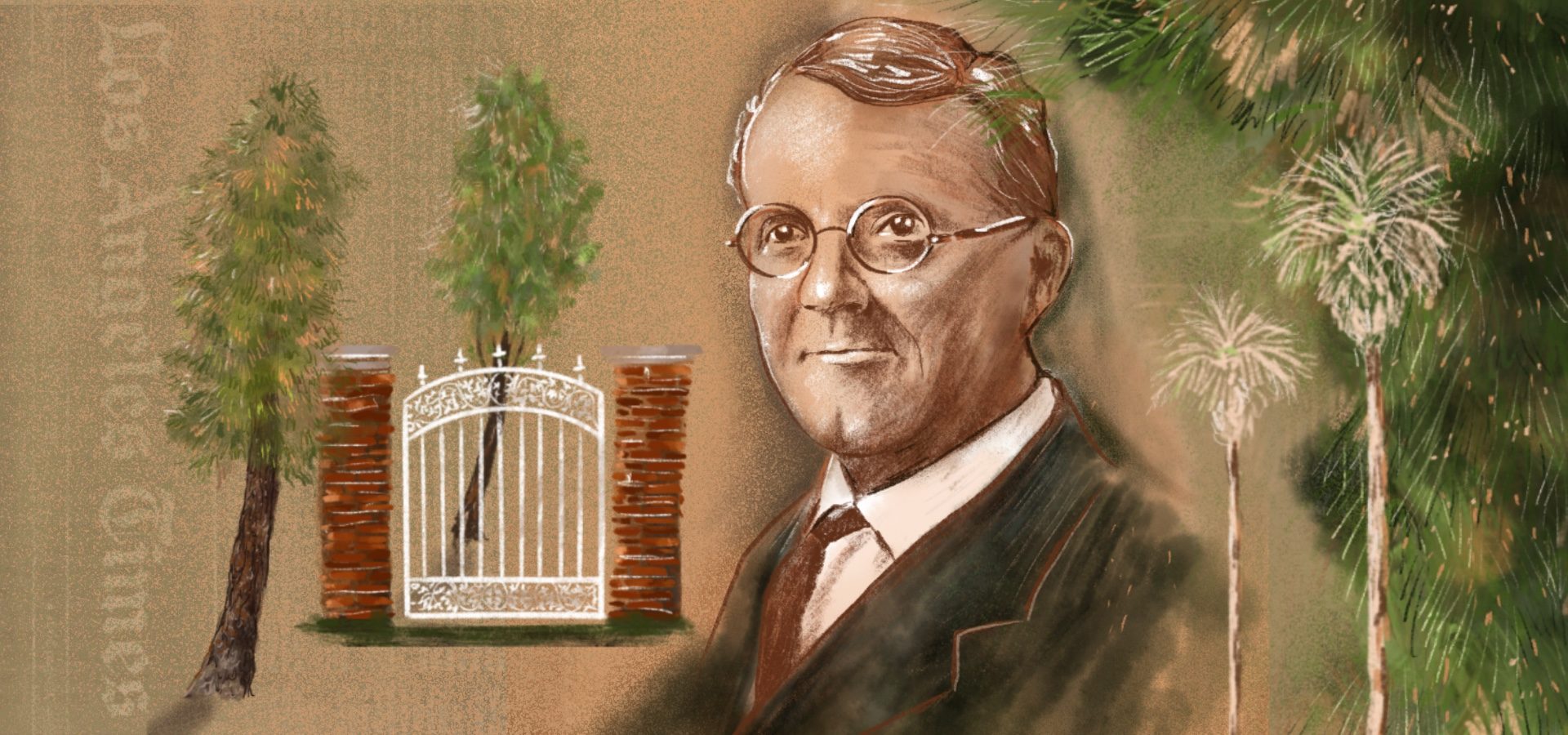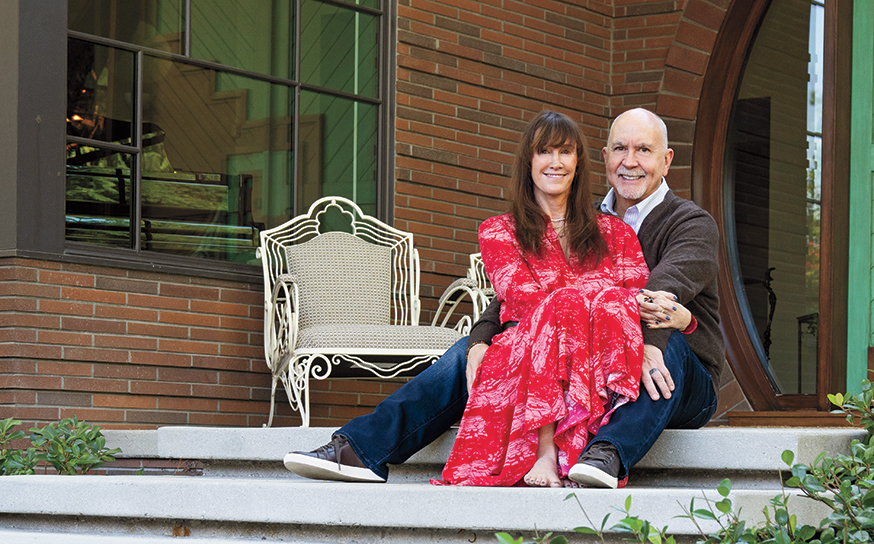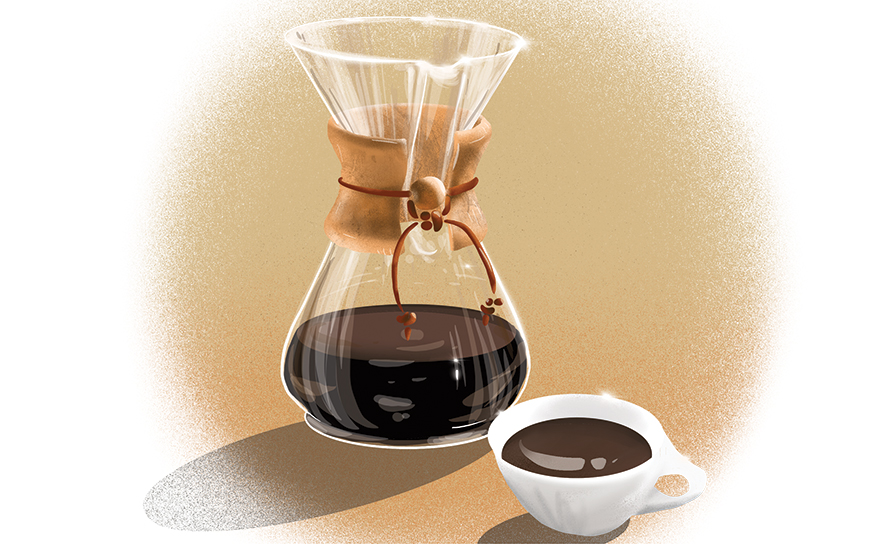
Learn about the Man Who Inspired the Names of Chandler Boulevard & Chandler Estates
Hint: He started out as a paperboy.
-
CategoryPeople
-
Written byChloe King
-
Illustrated byYuiko Sugino
What’s in a name? When it comes to street monikers, a lot. Many of our avenues and boulevards recognize not only our nation’s founding mothers and fathers, but also the pioneers and innovators who made our communities what they are today. Think Van Nuys, Sepulveda, Oxnard, Fulton and Hazeltine, to name but a few. However, for me, one stands out from the pack. Located in north Sherman Oaks between Ethel and Tyrone Avenues, Chandler Boulevard stretches like a lush oasis. The lots are huge—even by Valley standards—many boasting elegant and expansive homes. The extra-wide traffic lanes are graced by a rare grassy medium adorned by soaring, mature-growth trees, the majority of which are stately pines.
The boulevard was named after Harry Chandler, a New Hampshire native who landed here somewhat serendipitously. While attending Dartmouth College in the 1880s, Chandler, on a dare, jumped into a vat of frozen starch, because … why not? That act of folly led to severe pneumonia. When his doctors advised a trip west to recuperate, he didn’t hesitate.
Chandler found a job in the San Fernando Valley fruit fields and soon fell in love with his new hometown. After starting a small delivery service that became the delivery means for the Los Angeles Times, Chandler caught the eye of the newspaper’s publisher, Harrison Grey Otis. Impressed with the young man’s entrepreneurial verve, Otis took Chandler under his wing. Chandler went on to become the paper’s circulation manager—and to marry one of the boss’s daughters, Marian Otis. Ultimately Chandler became publisher of The Times and transformed it into the leading newspaper in the West.
He later branched out into community building and large-scale real estate speculation. Chandler helped found the LA Aqueduct, the LA Coliseum, the Port of Los Angeles, the Biltmore Hotel, the Hollywood Bowl, Trans World Airlines (TWA), the Santa Anita Park racetrack and the Douglas Aircraft Company, among dozens of other companies. He was a partner in syndicates that owned and developed Mulholland Drive, much of Dana Point, and Tejon Ranch. At one point, Chandler was considered the largest private landowner in the U.S.
For six blocks, the street named after him cuts through the majestic Chandler Estates neighborhood. Chandler Estates was originally part of Van Nuys. But in 1991, a group of homeowners successfully petitioned the city council to have the boundaries of Sherman Oaks redrawn from Magnolia to Burbank Boulevard to the north, and from Coldwater Canyon to Van Nuys Boulevard to the west, with the goal of including their neighborhood. The residents argued that the area was originally part of Sherman Oaks, but got labeled Van Nuys through the creation of zip codes in 1962. The petition was granted, and Chandler Estates was officially recognized as part of Sherman Oaks.
Most of the original homes in Chandler Estates were built in the 1940s and ’50s, and some remain intact. In recent years, though, the neighborhood has seen a spate of renovations and new builds. Younger families are moving in, attracted to the large, flat backyards and proximity to some of LA’s best private schools. But remarkably, the character of the neighborhood has been preserved—much like the legacy of its namesake.











